Even if you’re a conscientious DIYer, you’re bound to have stripped a screw or two at some point in time. And if you aren’t familiar with stripped screws, to briefly explain — they’re basically screws that have been damaged to a point where a screwdriver can’t catch it.
Removing the pesky threaded screw is where the frustration begins, because what started as a crosshead shape has now turned into a big fat “O”. On a brighter note, there are several ways to remove a stripped screw, but as they say “prevention is better than cure”, so here’s a few tips on how to avoid stripping screws.
What Causes Stripped Screws?
Once a screw has been stripped, i.e. when the drive features within the screw’s head are worn away, the screw cannot be driven out. A screw can strip in several different ways, most commonly when you use incorrect tools to begin with. Other common things that will cause a screw to strip are:
- Using poor quality tools
- Working carelessly or too fast
- Trying to over-tighten a screw
- Using a wrong size drill bit with a power drill
- Using a poor quality or worn out drill bit
- Continuing to use the damaged screw after the problem has started
4 Ways to Avoid Stripping Screws
1. Use the Right Tools and Hardware
You need to have the right tools to do the job right, and this applies when it comes to screws as well. First thing to note is that you should be using a screwdriver that’s designed to drive the type of screw you’re looking to tighten.
Pairing the right screwdriver with the right screw might seem like a piece of cake, because it’s just about differentiating between “-” and “+”, correct? Not quite, given that screws are available in many more shapes such as those with a cross-shaped drive, which are mostly suitable with a “Phillips” screwdriver, but some aren’t.
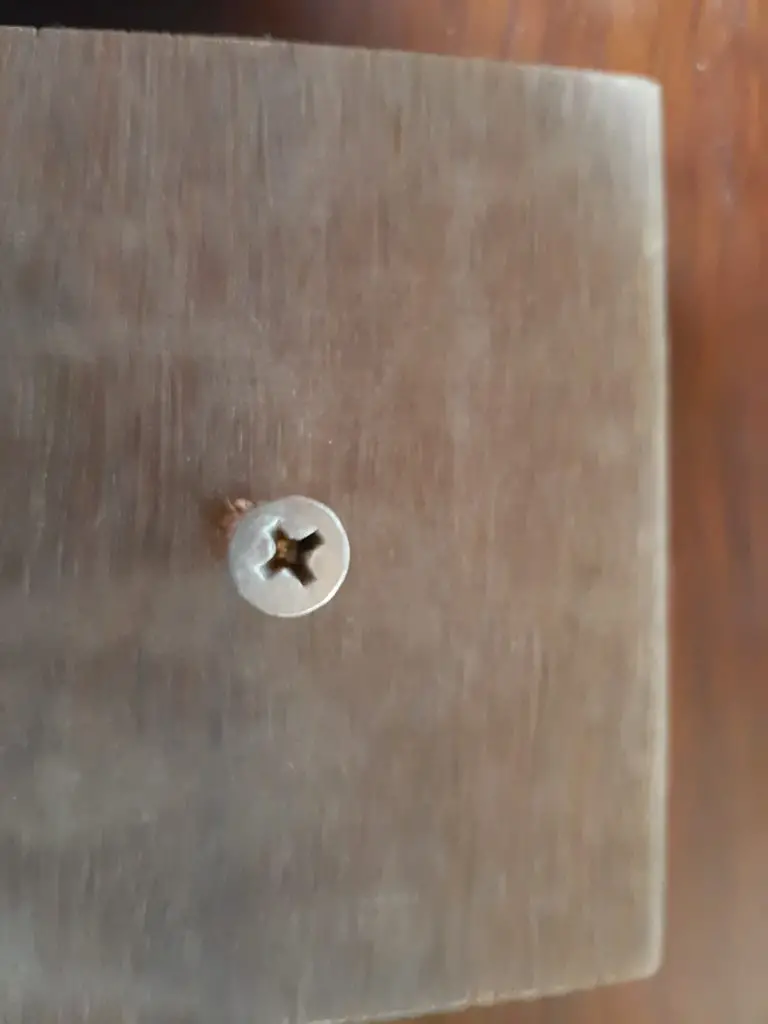
For example, a “Pozidriv” drive and “Phillips” drive may look considerably similar to each other, but they should ideally be used with drivers specifically designed for their respective drives. Apart from that, you should ensure that the screwdriver you’re using is a perfect fit for the screw i.e. not too small or too large, and not too dull or sharp.
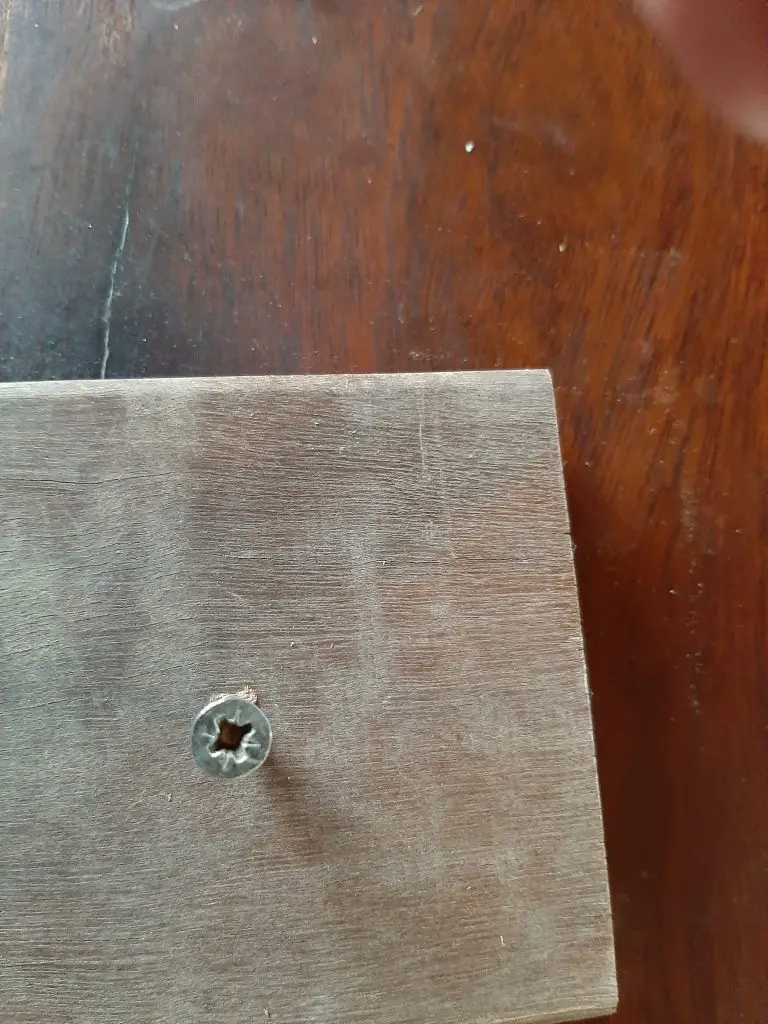
It is also important to understand that all screws are prone to stripping, but some screw head types such as hex and Phillips are less likely to strip than others. Furthermore, and just like anything else, some screws are also of higher quality than others, which is why it makes sense to not opt for poor quality and cheap options at the hardware store.
2. Ensure you Drive the Screw at the Proper Angle
Regardless of the screwdriver you’re using, you should hold it straight, in-line with the screw. This becomes even more important when the quality of the tool and hardware are of lower quality.
So, make sure that the tool you’re using — impact driver or screwdriver is placed at the right angle before you start using it. The tool also needs to held straight all through the tightening process as well.
3. Apply the Right Amount of Force
Applying too much pressure can be done by both a manual screwdriver or an impact driver. One of the biggest mistakes people make is with an impact driver, where they put the bit in the screw, without checking that it’s in the screw drive properly, and then press the trigger.
Refrain from this approach, but rather make sure the screwdriver bit is in the right place, and that it’s straight. You should now slowly press the trigger to increase the RPM rather than pressing the trigger all the way down.
Impact driver today are quite powerful, so great chances are that you won’t have to press the trigger all the way down. It is also easy to gauge whether you’re indeed going to fast, and when the screw is starting to strip by the sound.
Some screws may have specific torque requirements that need to be applied to prevent overtightening or stripping, for which you will need a torque screwdriver that allows you to adjust the torque accordingly.
4. Stop Immediately if the Screw Starts Stripping
Many people are aware when the screw starts stripping, yet they continue to drive it in hopes of better results, without even changing their tool, adjusting their technique, or doing anything else differently.
The first thing you should do when you notice that the screw is starting to strip or if the screwdriver keeping popping out of the drive is stop tightening immediately, and check what’s wrong. At this point, you may have to do one of two things — switch to a different screwdriver or hold the one you’re using in a straight position.
Once you’ve figured that out, you need to decide whether you should extract the partly stripped screw, and replace with a new one or continue with the same one. Remember, it is much easier to remove a stripped screw that is largely protruding from the material you’re driving it into than when it’s all the way in.
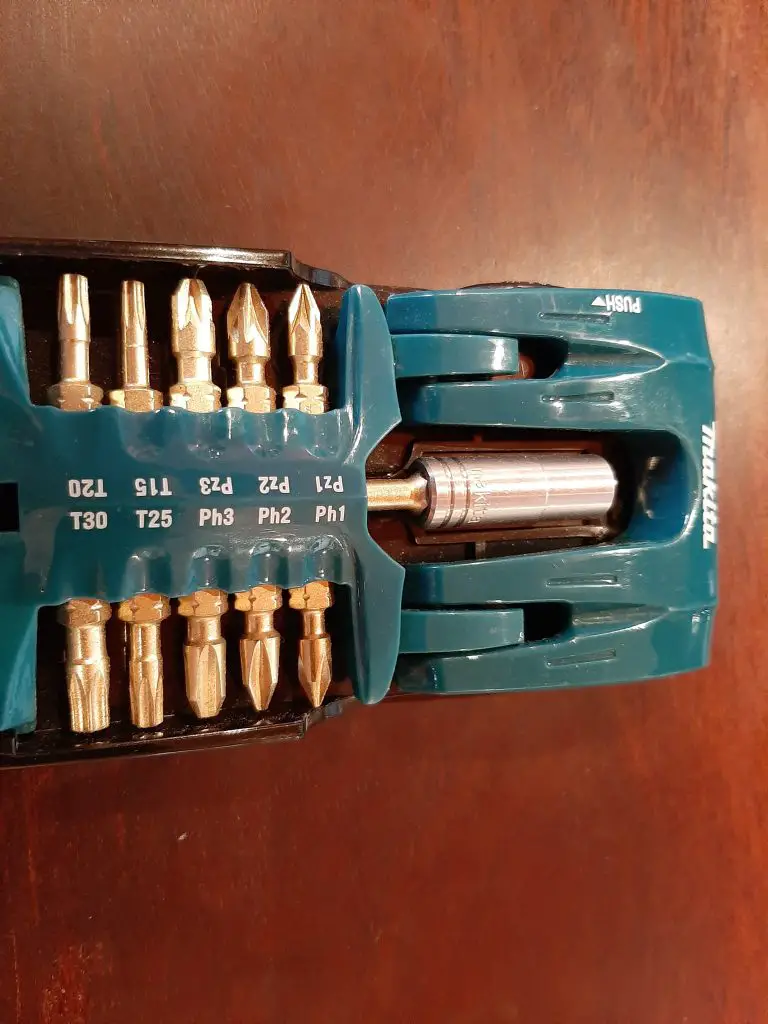
How to Drive Screws Perfectly Without Stripping Screw Heads?
There are several measures you can take to ensure you drive screws in perfectly each time, most notably:
1. Use Torx Head Screws
Torx head screws are typically used in the automotive industry, but are now available for general construction too. Star-shaped Torx bits fit snuggly into the star shaped drive in the head of the screw, resulting in a firm grip that rarely strips the screw. This type of screw is easier to drive as well, given that you don’t have to apply much pressure for good bit contact.
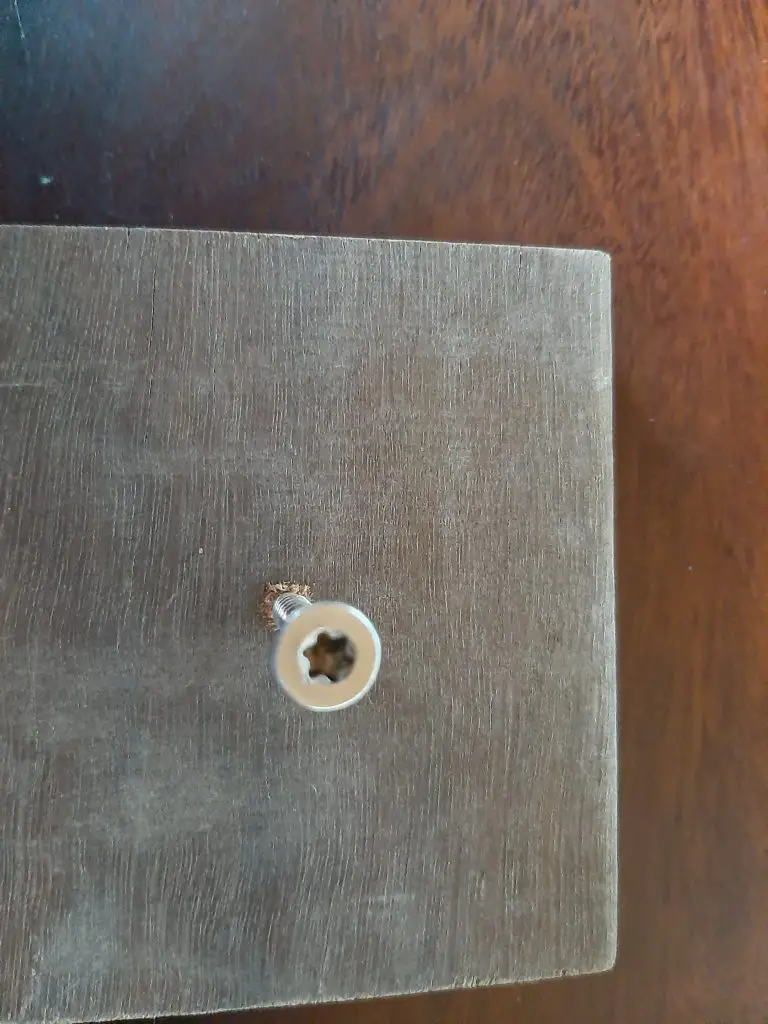
2. Invest in a Cordless Impact Driver
Impact drivers offer myriad advantages, especially if you’re working on large scale projects, and other projects such as building decks, screwing down plywood, or installing tile backer board. Although cordless impact drivers and cordless drills may look similar to the untrained eye, they are not to be confused with each other as they are two different tools.
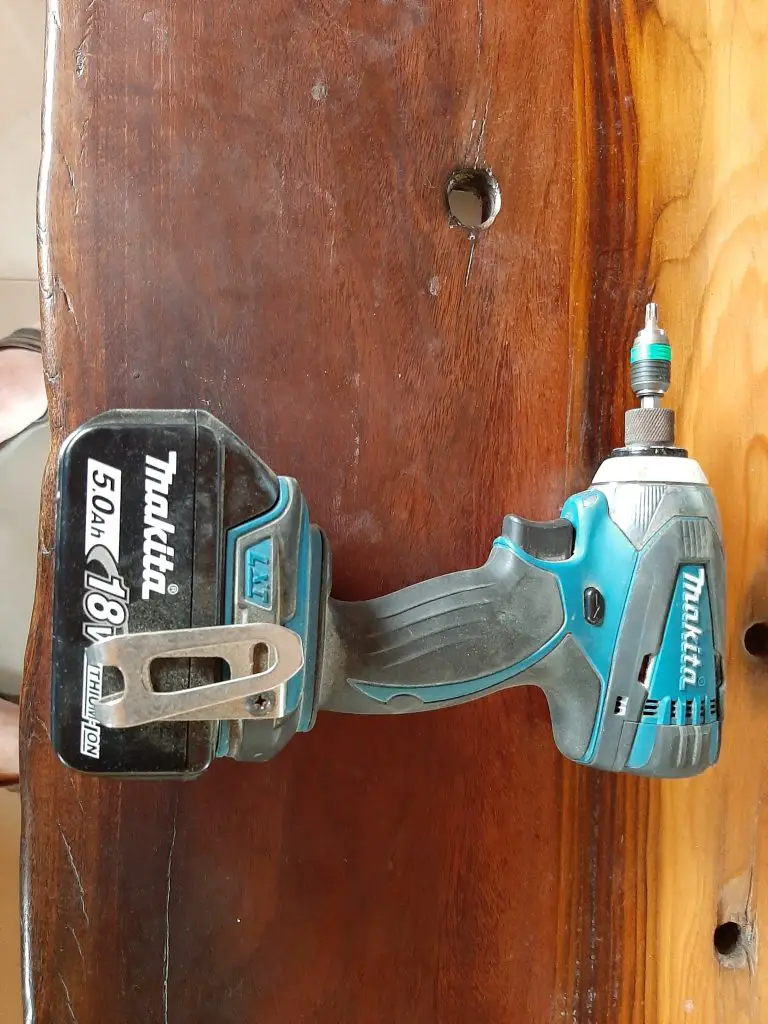
Impact drivers allow you to drive screws with one hand in hard to reach places, and provide a surge of torque to drive any screw, especially long ones. They are also easy to use, where you first select the appropriate driver bit, insert the bit into the quick release chuck, hold the impact driver in the right position, press the trigger slowly to drive the screw into the material.
3. Don’t Use Worn Out Bits
If you use a worn out bit, it will most likely skip in the screw head. You should always keep spare bits and screws handy in your tool arsenal, so you can easily and quickly replace the damaged ones at the first sign of wear.
Final Thoughts:
Regardless of whether you’re a novice or seasoned DIYer, great chances are that you’ll strip a screw on one or more tasks either because you’re using the wrong tool or using a poor quality screw. But good news is that you can simply remove the screw and continue to work. But the aforementioned tips will help you avoid the problem, and allow you to drive screws without stripping them.
